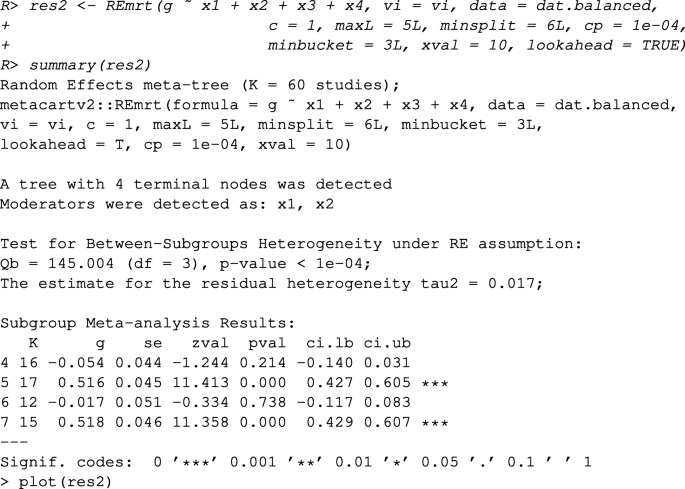

Finally, the effects were highly consistent across studies (i.e., low or null true heterogeneity), especially in the near- and far-transfer models. The Chemotherapy Response Score grades histological tumor regression in omental metastases resected at interval surgery and is associated with progression-free survival and overall survival. Moreover, when active control groups were implemented, the far-transfer effects were null ( g ¯ = −0.008). Introduction Response to neoadjuvant chemotherapy is measured by CT and the decision to proceed with interval surgery is made on the radiological response after two or three cycles of therapy. Publication-bias analysis provided adjusted estimates that were slightly lower. ball/serve velocities, group sample size, and the pre and post correlation were input into the Comprehensive Meta.
Pre post correlation comprehensive meta analysis trial#
This is problematic because patients from open studies typically participate in a study where they get treatment, while in a randomised trial they know that it will be chance that decides whether they get a treatment or not. While large effects were found for the trained tasks ( g ¯ = 0.877), only modest ( g ¯ = 0.274) and near-zero ( g ¯ = 0.121) effects were obtained in the near-transfer and far-transfer meta-analyses, respectively. In some meta-analyses, pre-post SMDs of open studies (without a comparison group) are combined with pre-post SMDs of randomised trials (in which only the SMD for the treatment group is calculated) (Johnsen & Friborg, Reference Johnsen and Friborg 2015). Three robust-variance-estimation meta-analyses ( N = 2140, m = 43, and k = 698) were run to analyze the effects of the intervention on (a) the trained tasks, (b) near-transfer measures, and (c) far-transfer measures. Since pre-test-post-test correlation coefficients (R) were not reported by the studies, an (R)value of 0.5 was assumed through this meta-analysis, as this value is a conservative estimate for R. In this meta-analytic review, we investigated the effects of working memory (WM) training on older adults' cognitive skills. However, it is still possible that some cognitive training regimens exert a positive influence on specific populations, such as older adults. METHODS In this paper, we argue that these pre-post SMDs should be avoided in meta-analyses and we describe the arguments why pre-post SMDs can result in biased outcomes.

Fortunately, under many conditions, the treatment and control group correlations will be quite similar, and using a pooled estimate will be a reasonable approximation. Is the Meta-Analysis of Correlation Coefficients Accurate when Population Correlations Vary Meta-analysis is a statistical technique for assimilating research findings that was developed because of the failure of discursive reviews to provide objective assessments of the substantive importance of empirical effects (see Wolf, 1986). Some meta-analyses, including several highly cited and influential ones, use the pre-post SMD, indicating the difference between baseline and post-test within one (treatment group). To date, the attempt to boost broad cognitive functions in the general population has failed. Meta-analysts are more likely to have data on the pooled pre-post correlation, although even this is only reported sporadically. Therefore, the primary aim of this analysis was not to generate precise point estimates of intervention effect across studies. (group|Subject) would refer to have one slope per group of subjects.In the last two decades, considerable efforts have been devoted to finding a way to enhance cognitive function by cognitive training. Single-group, pre-post studies do not provide reliable estimates of intervention efficacy (Knapp, 2016, Marsden and Torgerson, 2012, Spurlock, 2018). (1|Subject) indicates to have one intercept per subject and they share a common slope. #> Number of obs: 180, groups: Subject, 18 #> Formula: Reaction ~ Days + (1 | Subject) Lmer(Reaction ~ Days + (1 | Subject), sleepstudy) %>% #> The following object is masked from 'package:stats': #> The following object is masked from 'package:lme4':

Means, SD Pre, SD Post, Pre/Post correlation, and sample size. Mean difference, SD of difference, and sample size. Mean change in each group, p within groups, N. Here, the Average reaction time (ms) is significantly influenced by the Number of days of sleep deprivation controlled for the subject modeled as a random factor: library(magrittr) Mean change in each group, t within groups, N. The most basic way to do a mixed model in R is using lmer.


 0 kommentar(er)
0 kommentar(er)
